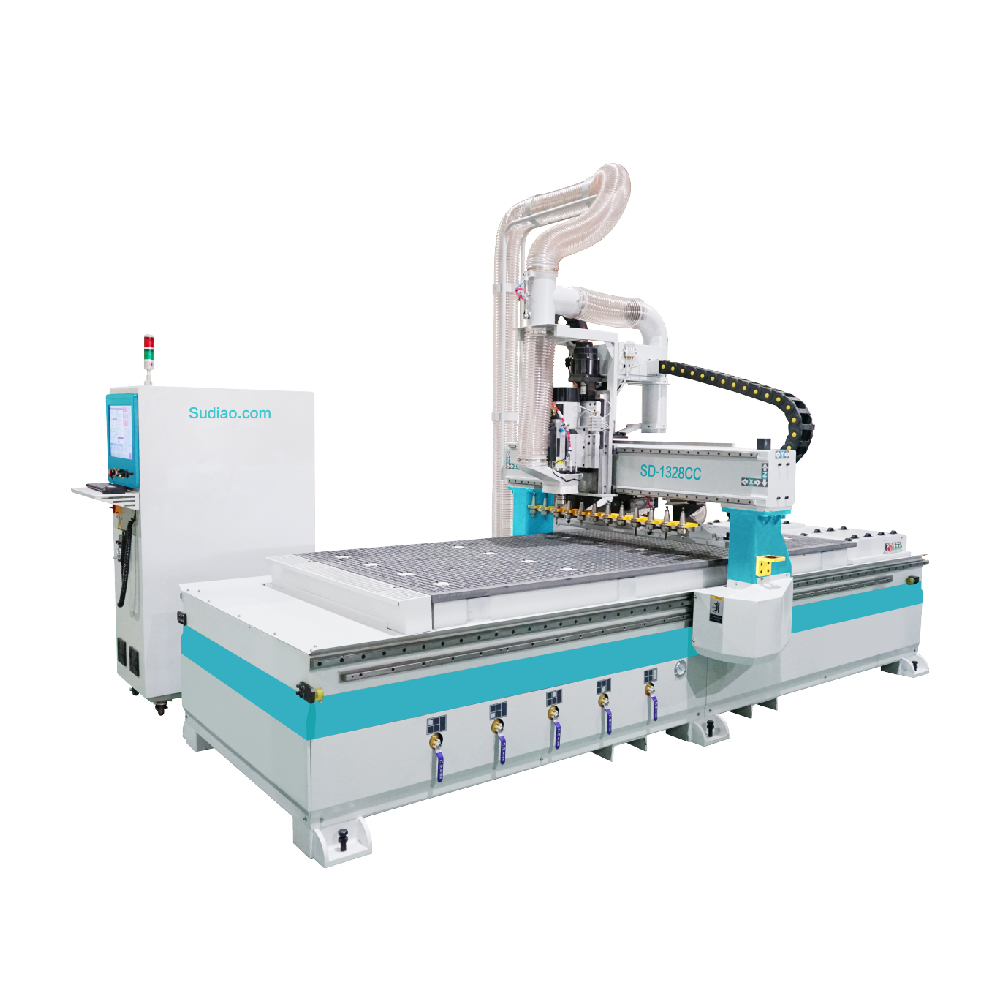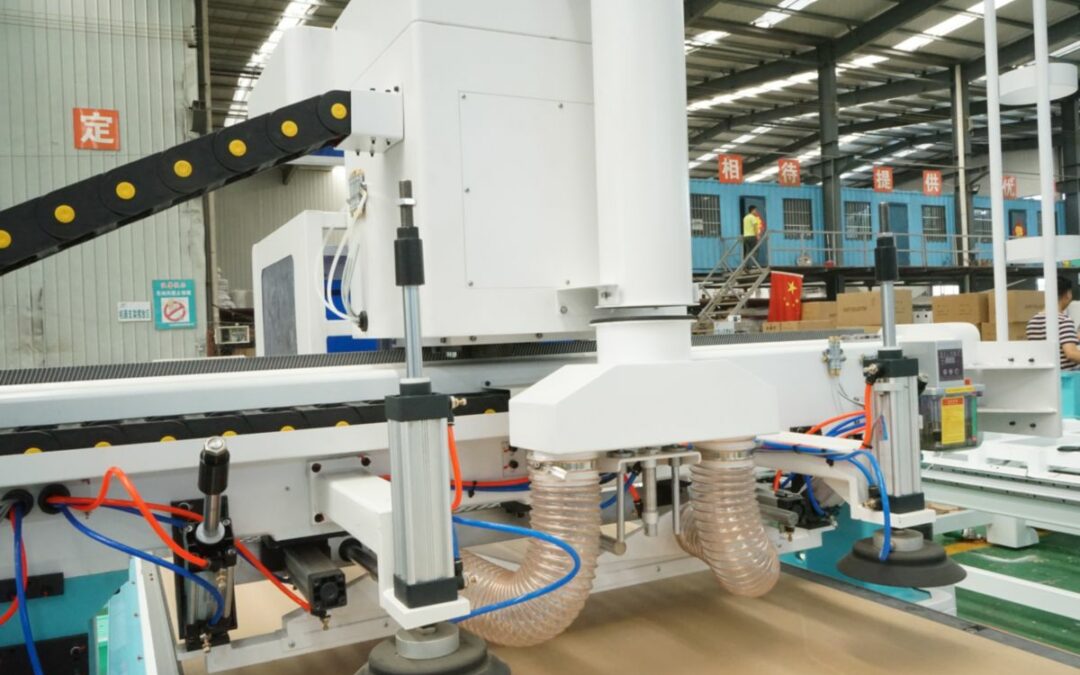CNC routers by automatic change tools cnc router manufacturer, are versatile machines relied on across industries, but their productivity is often limited by the need for manual tool changes. Automatic tool changers eliminate this tiresome process, delivering significant automation advantages.
This article explores how automatic tool changers work, their benefits, and factors to consider when adding this technology.
An Understanding of Automatic Tool Changers

Automatic tool changers (ATCs) are mechanisms that automate tool changes on CNC routers. An ATC uses a revolving carousel holding multiple tool holders pre-loaded with tools.
During machining, when the program calls for a new tool, the machine swiftly swaps the current tool for the appropriate one from the carousel without human involvement. This allows unattended machining with multiple tool types.
ATCs accommodate 5-100+ tools depending on design, allowing for larger jobs and more flexible runs. Tool changes typically take 1-2 seconds.
Productivity Gains of Automatic Tool Changing
ATCs enable higher mix, lower volume work with fast changeovers. Lights-out operation maximizes machine hours. Benefits include:
Faster job times as changes occur in seconds vs minutes
Unmanned operation for hours with multiple tool types
Consistent, precise changes
Safer automatic operation
Less operator involvement per job
Increased throughput from additional daily jobs
Adding ATCs to Existing Routers
ATCs integrate via routers with factory ATCs or retrofitting. Considerations include tool carousel size, tool holders, control software, coolant delivery, and safeguarding. Proper implementation unlocks routers’ full, efficient potential.
Choosing an ATC System
Select an ATC based on typical tool needs, shop scale and growth. Modular designs allow future upgrades. Automating tool changes delivers productivity and profitability gains through smarter, faster machining.

